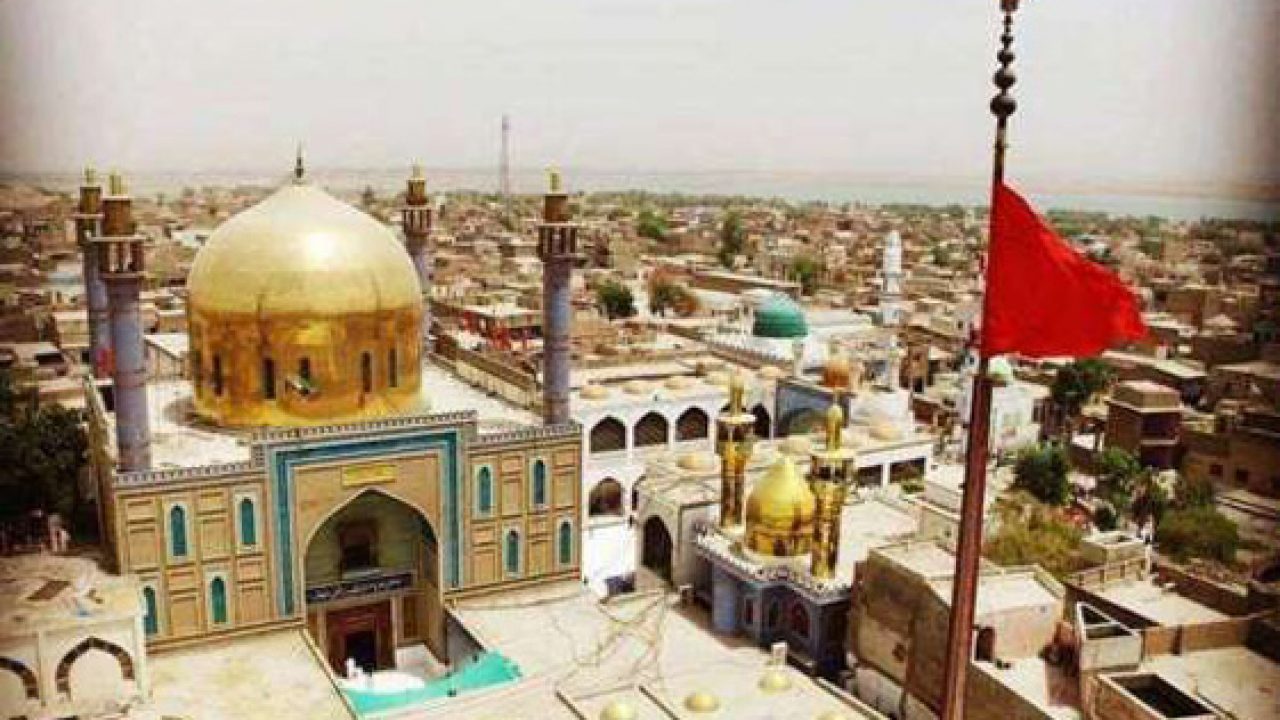
by Saeed Ahmed 3 February 2021
Sufism has a long history in South Asia. There are thousands of Sufi shrines across South Asia. Several shrines are unexplored or known to people. But some of them are very popular or famous in the South Asian region. Lal Shahbaz Qalandar’s Shrine is one of the very popular Sufi shrines among South Asian Muslims and Non-Muslims. Hundreds and thousands of people visit his shrine every year. His shrine is much associated with the culture of Sindh, where the people are performing many practices. This cultural association unites the people of Sindh as we know that in Sindh, the inhabitants of this place live together for centuries despite the different religious backgrounds, caste, and creeds. It is because of the teachings of the Sufis like Lal Shahbaz Qalandar.
When one visits his shrine, one finds such practices that also allude to peace and tolerance. As Dania Ahmed notes, Lal Shahbaz Qalandar was a Sufi saint, philosopher, poet who preached love and tolerance for people regardless of ethnicity, creed, gender, or caste. Thousands of devotees from across the country from all religious backgrounds Sunni Shia, Hindu Christian, Sikh, and Parsi, come to pay homage to Qalandar’s shrine every Thursday and participate in dhamal ecstatic devotional dance. Moreover, at the shrine, every single person enjoys and feels free there.
Farooq Soomro elaborates that people are free at the shrine; they are free everywhere in the shrine’s arena, either just shopping or enjoying music, some even dancing to the shrine’s dhamal. They are free from the social stigma which follows them elsewhere. Here in Shahbaz’s Nagri, children, elders, women dance without a care, some with watery eyes and others with an infectious smile. Lal Shahbaz gives them hope irrespective of their creed, caste, or gender. However, women who are always victimized in society through different means find this place amiable.
Many are women among the visitors for whom this shrine provides space for self-expression that mainstream culture denies them. Here they can lose themselves in dhamal. This is where, despite the crowds, they have the luxury of being able to concentrate on thoughts that the rigor of their daily lives does not leave room for. The dargah is a confessional where you can be yourself without being judged. Lal Shahbaz Qalandar’s shrine always gives a positive reflection that how a society could live in a peaceful and ambient environment. Because when one observes there, one finds no clash on the name of religion, caste, creed, or gender.
On the other hand, for few decades, the orthodox schools of thought are continually trying to end this culture. Because they are of the view, the shrine culture is not compatible with their version of Islam. These hard-line schools of thought have hurt the pluralistic culture of Sindh and the culture of the shrine through violence and extremist ideology, which they have spread through establishing seminaries during the regime of General Zia ul Haq in the 1980s to counter the Soviet Union from Afghanistan. However, since few past decades, society was forcefully and tactically diverted from the peaceful culture followed by the people for centuries into a violent one to fulfill their whims and wishes in the society by those extremists. Not only this, they started carrying violent attacks on the shrines. These extremists carried such an attack in the very heart of Lal Shahbaz Qalandar’s shrine. In February 2017, a “Suicide” bombing at the shrine killed 88, including women and children. The attack was carried out by the Islamic State (ISIS), the Sunni terrorist gang born in Iraq.
Its presence in Pakistan, together with the al Qaeda threat, threatens the way of life Pakistan’s people, as shown by this attack, carried out by local Muslims converted to violence. To end this menace from society, civil society, progressive parties, and human rights activists must play their role. They should spread the message of these Sufi saints throughout the country. They must let people know about the cultural heritage of our civilization. The shrine culture must flourish in our society to balance the polity. Shrines are a source of people to people interaction as Pakistan has a heterogeneous society. So, it is the need of the hour to save the shrines to save our culture. Especially the shrine of Lal Shahbaz Qalandar, people from Pakistan and across the region and world visit this. This is a symbol of our culture, and this promotes peace and harmony as well in Pakistan.
@The Writer is an M.phil Scholar at the National Institute of Pakistan Studies Quaid i Azam University Islamabad, interested in history, philosophy, and politics. Saeed Ahmed <phulpotosaeed67@gmail.com>
